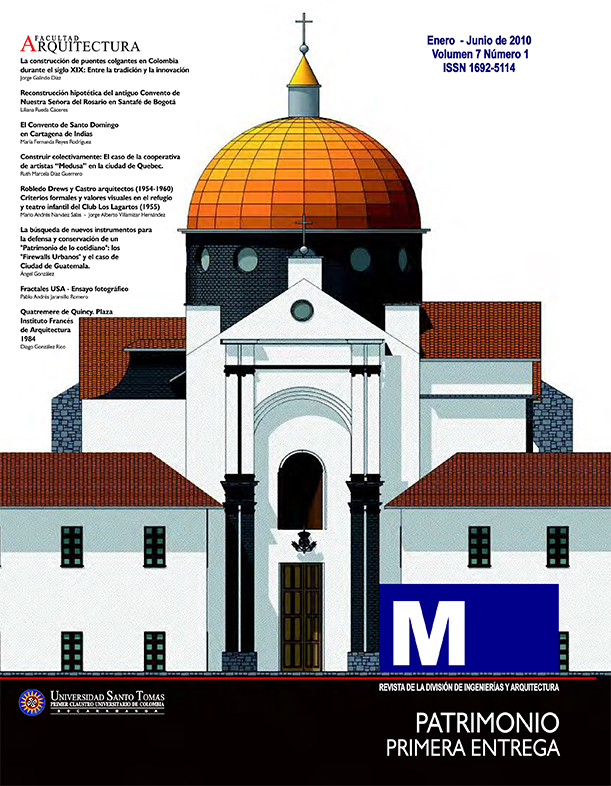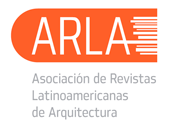LA BÚSQUEDA DE NUEVOS INSTRUMENTOS PARA LA DEFENSA Y CONSERVACIÓN DE UN “PATRIMONIO DE LO COTIDIANO”: LOS “FIREWALLS URBANOS” Y EL CASO DE CIUDAD DE GUATEMALA
Resumen
Temas como el patrimonio, la identidad y la sostenibilidad son, cada vez, no sólo mayormente valorados, sino puestos en relación entre sí. Ante la velocidad de cambio que sufre el mundo actual, y con él nosotros mismos, el miedo a la pérdida irrecuperable nos lleva continuamente a no prestar atención a los aspectos más fundamentales y con los que nos sentimos más identificados, como son los de la vida diaria. La sostenibilidad y el patrimonio no son cuestiones científicas, filosóficas o ambientales, el nacimiento y el éxito de términos como éstos son una cuestión y una respuesta cultural. Es por todo ello, que nuestra idea de patrimonio pretenderá analizar, reutilizar y, sobre todo, defender —a través de la identificación y refuerzo de una serie de estructuras identitarias que forman parte del DNA-Geohistórico de la ciudad y del territorio que la acoge y de un nuevo instrumento de proyecto urbano (el denominado Firewall Urbano)— todo el abanico de posibilidades vitales cotidianas (trabajar, aprender, divertirse, descansar, comunicarse (…)) como representación viva de un carácter y de una identidad, con un potencial de cambio enorme, para conservar y explotar.
ABSTRACT
Topics like the heritage, the identity and the sustainability are more and more, not only mainly valued, but also being connected one to each other. Considering the speedy change that suffers the current world, and with him ourselves, the fear of some irrecoverable loss, leads us to not paying a constant attention to the most fundamental aspects, the ones to which we feel more identified with, since the ones of the daily life. The sustainability and the heritage are not scientific, philosophical or environmental questions; the birth and the success of terms like these are a cultural question and response. It is for all that, that the idea of heritage I try to resume here, will try to analyze, to re-use and especially to defend (across the identification and reinforcement of a series of identity structures that form a part of the DNA-Geo historical of the city, of its territory and of a new instrument of urban project (the called Urban Firewall)) the whole range of vital daily possibilities (to work, to learn, to amuse oneself, to rest, to communicate, …) as an alive representation of a character, of an identity, with an enormous potential of change, to preserving and to exploiting.
Referencias
BAUMAN, Z. “Tiempos líquidos”, Tusquets, Madrid, 2007
CHOAY, F. Espacements - L’évolution de l’espace urbain en France, Skira, Milano, 2004
GARCÍA CANCLINI, N., “Ciudad invisible, ciudad controlada”, La jornada Semanal 89, 1997
GREGOTTI, V., Identità e crisi dell’architettura europea, Torino, Einaudi, 1999
JACOBS, J., “Vida y muerte de las grandes ciudades americanas”. Ed. Península, Madrid, 1973
MATURANA H. - VARELA F., L’albero della conoscenza, Gli elefanti, Saggi, Garzanti, Milano,1992
ROSSI, A., “L’architettura della città”, Città Studi E., Milano, 1995
SLOTERDIJK, P. “L’ultima Sfera. Breve storia filosofica della globalizzazione”, Carocci, Roma, 2002







